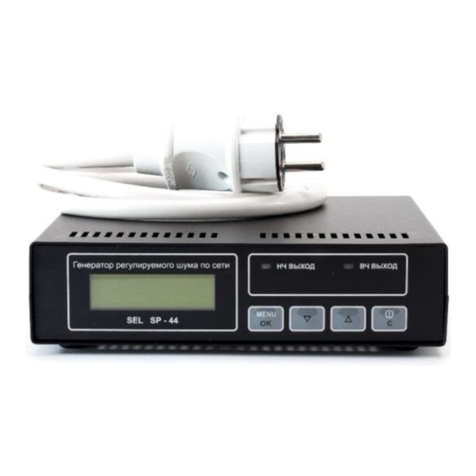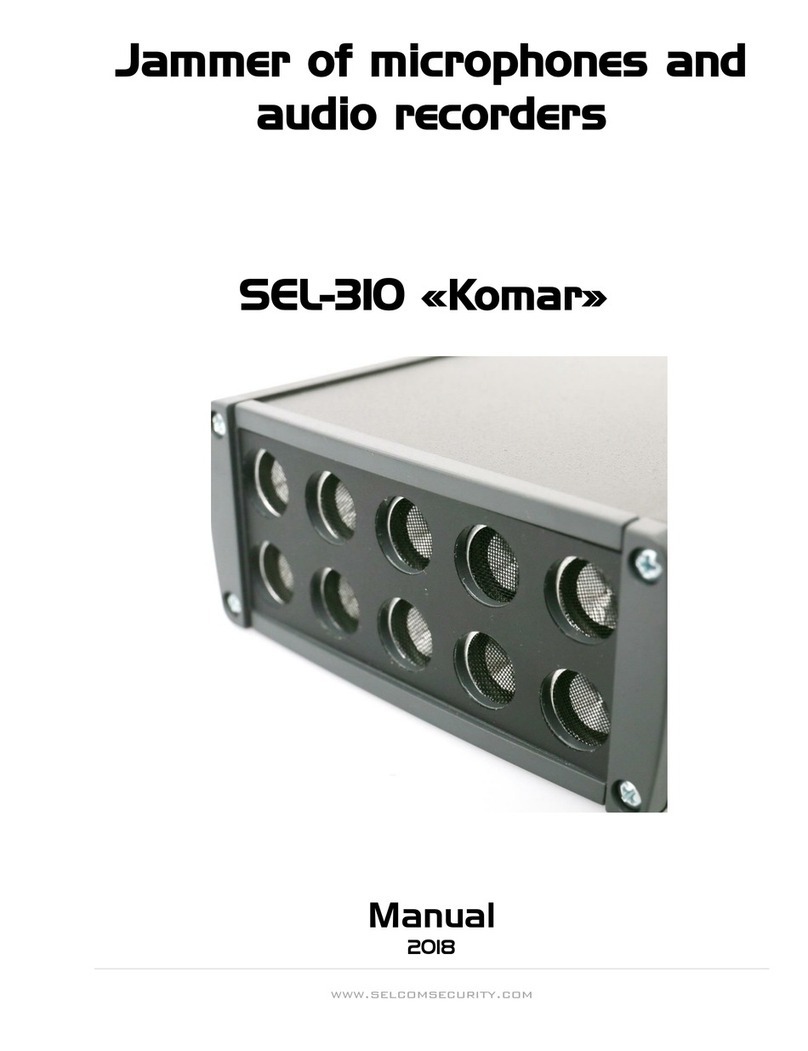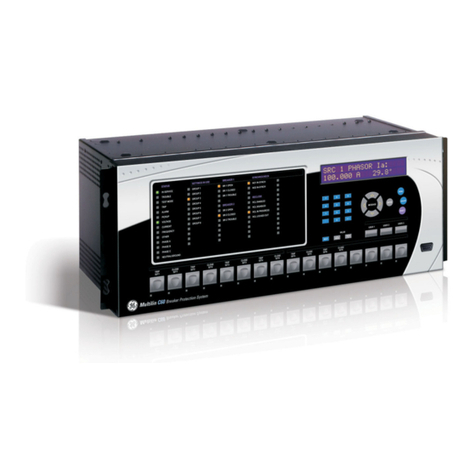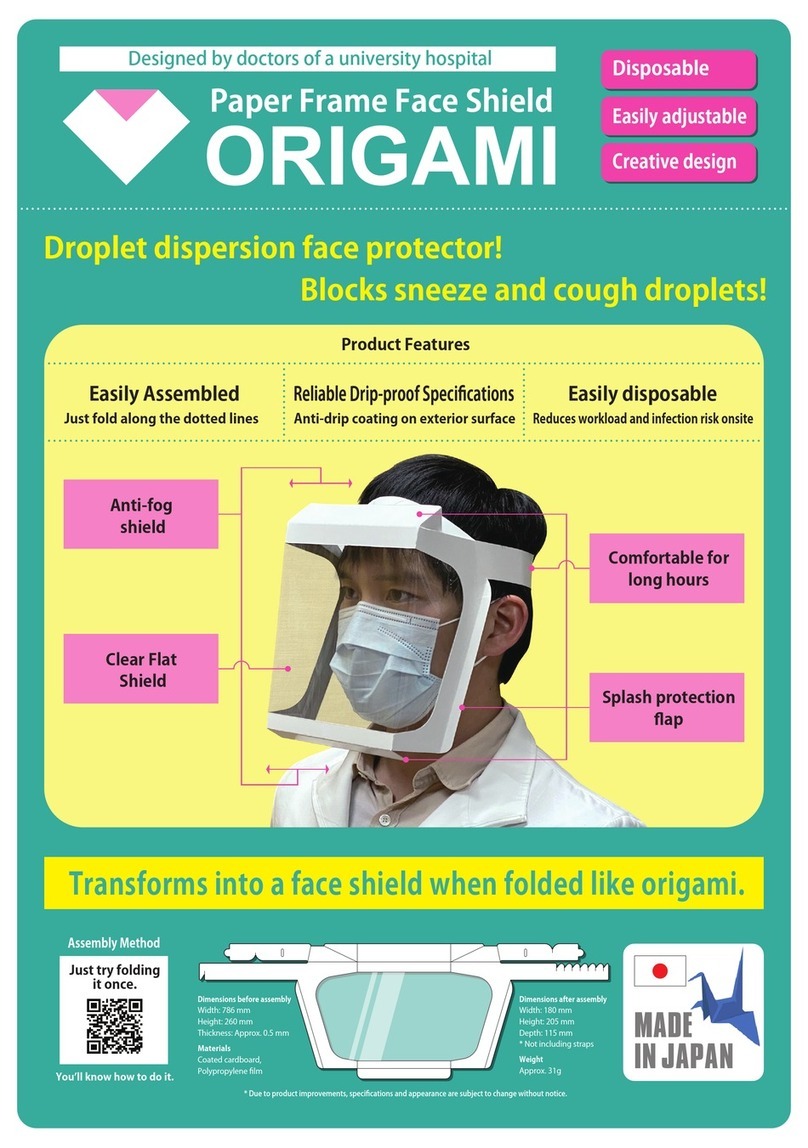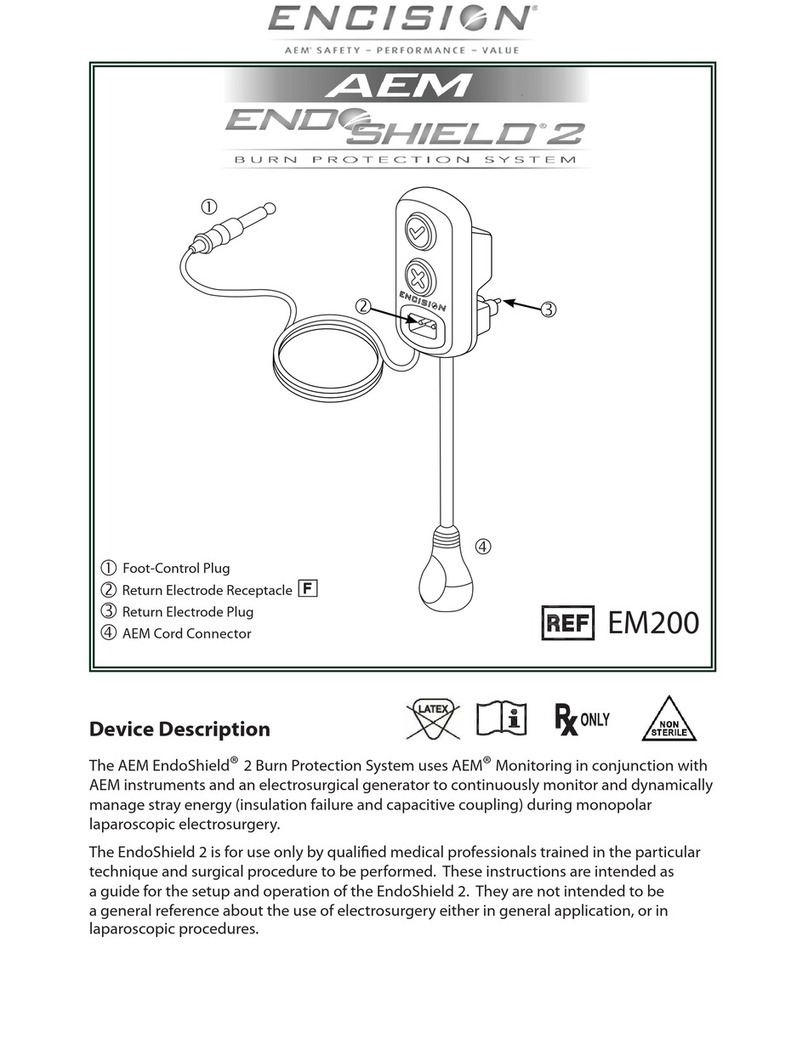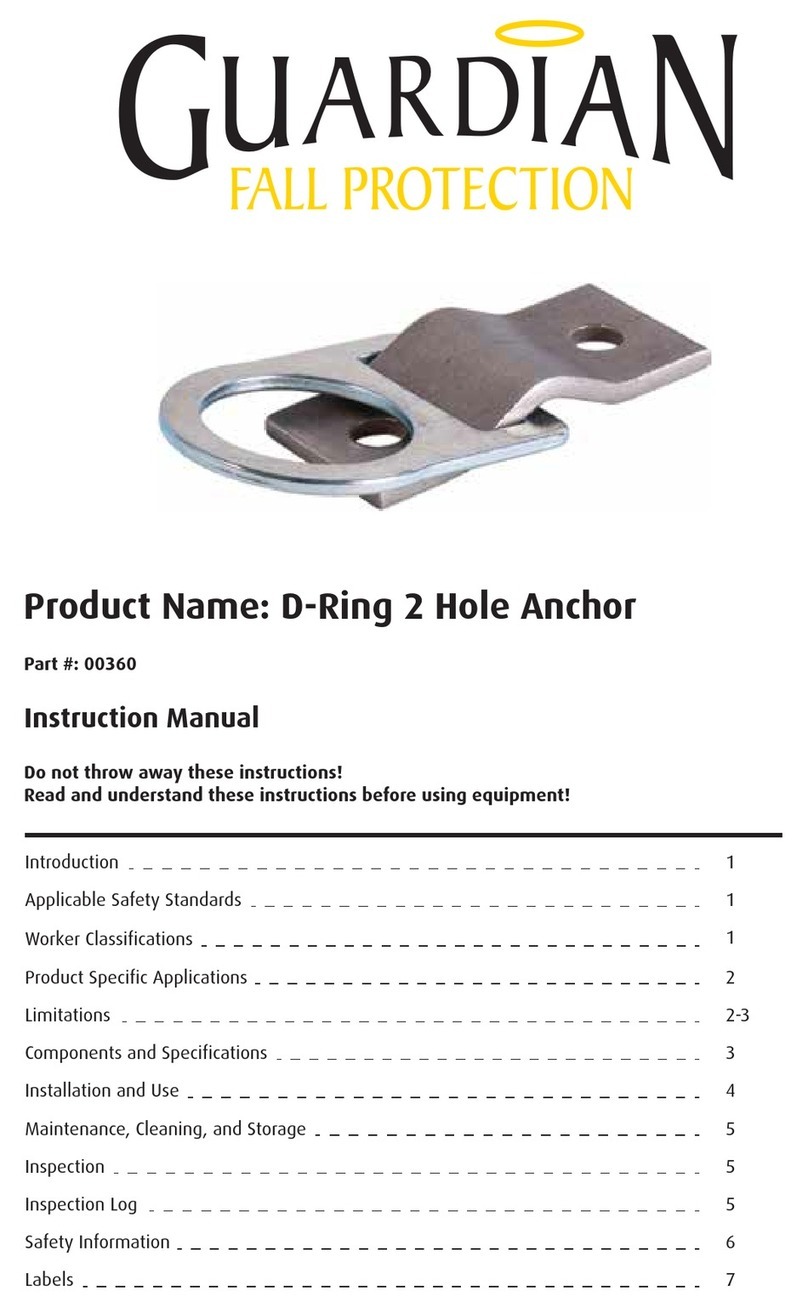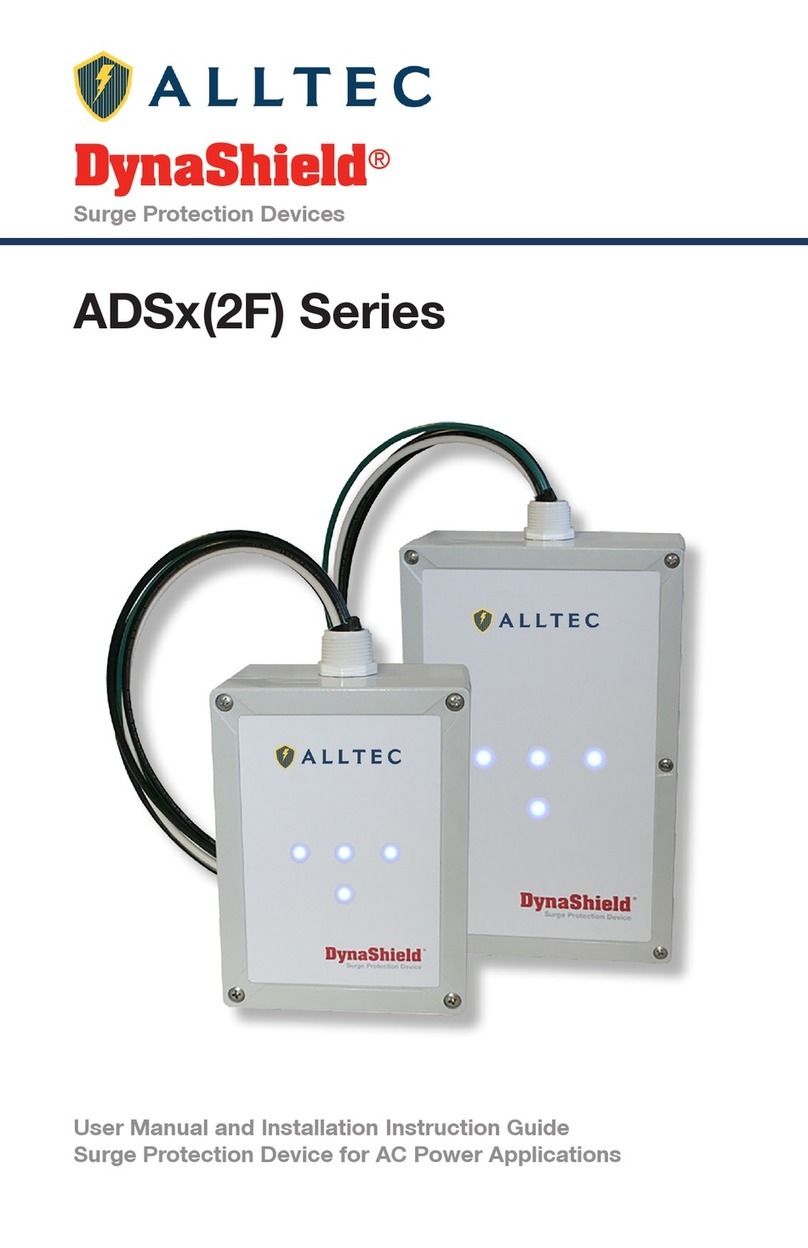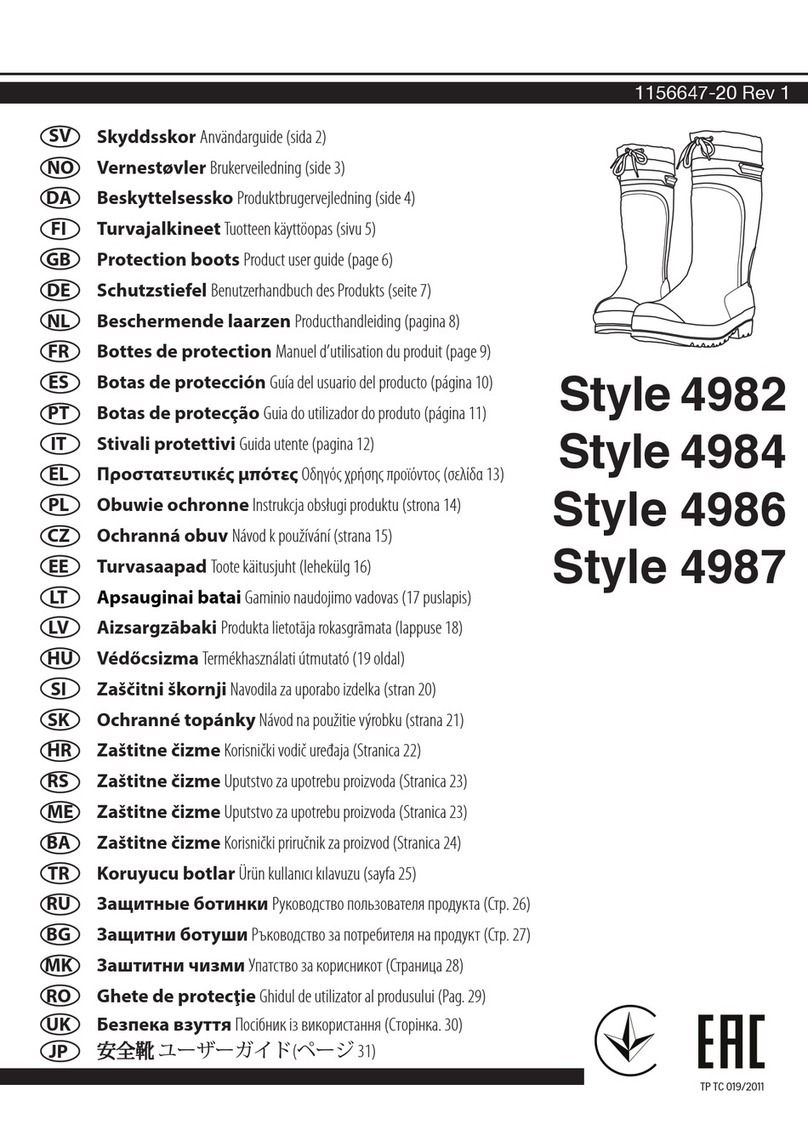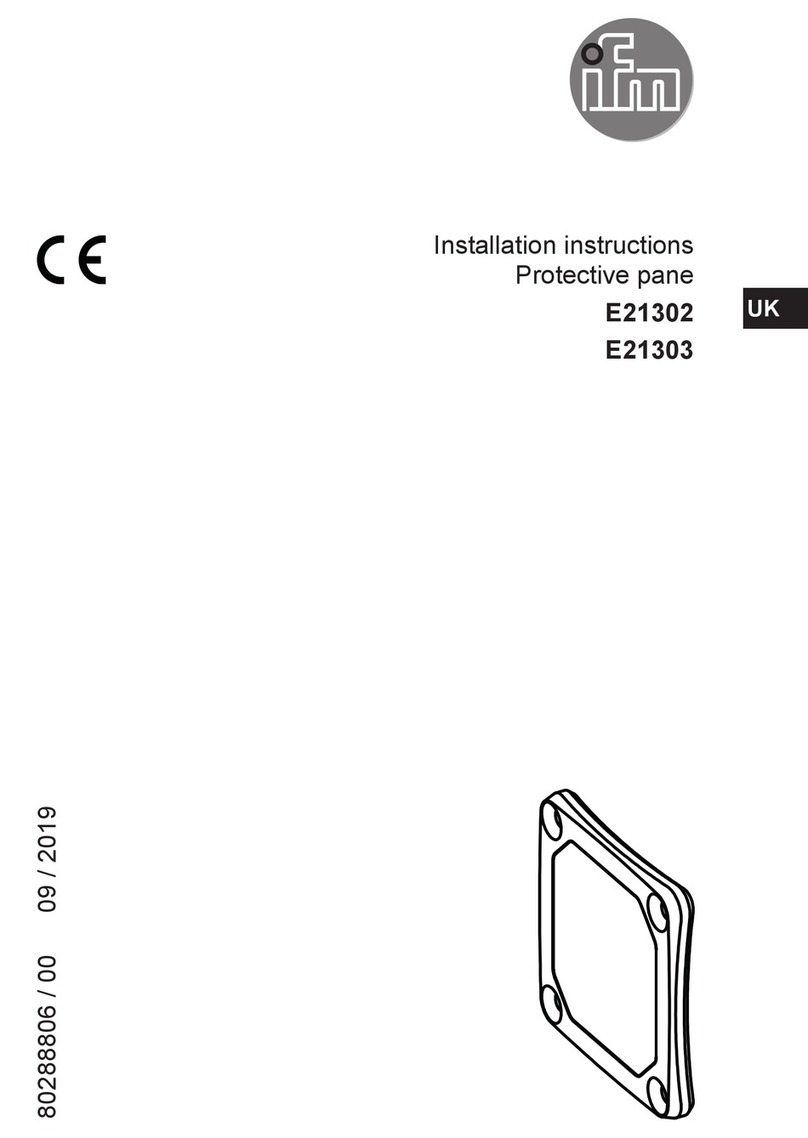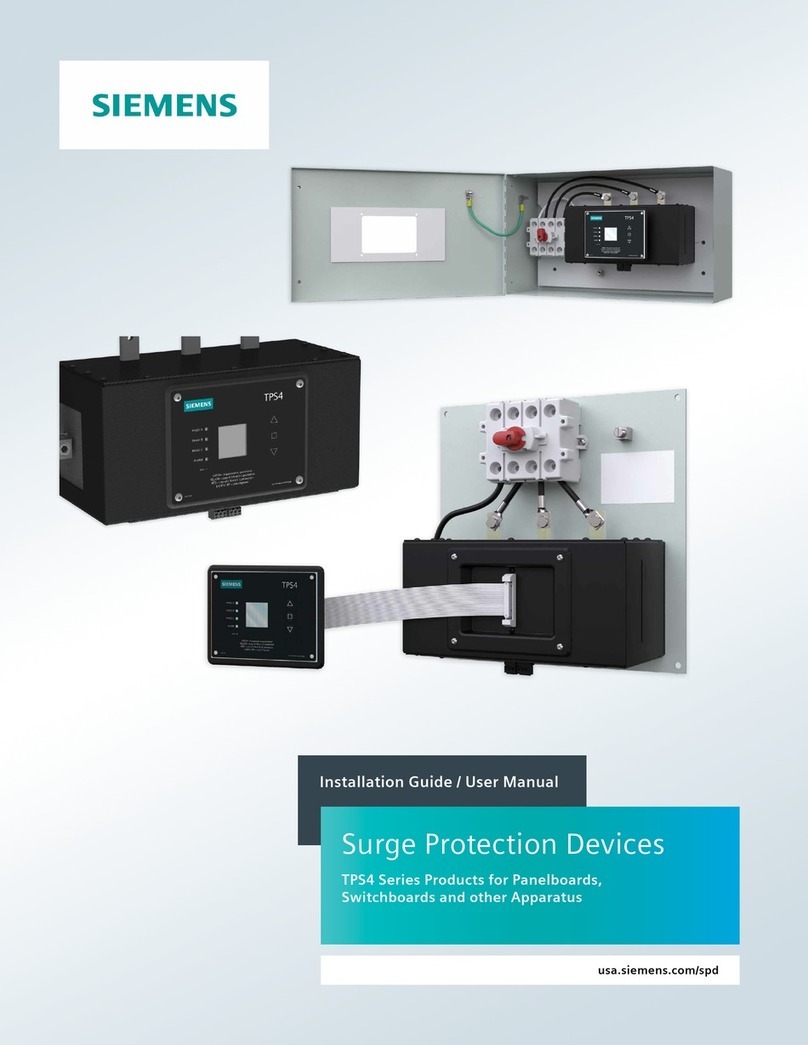Selcom Security DT-880 User manual

DT-880
Electronic Audio Detector
User Manual

Contents
1Overview ....................................................................................................................1
2Citation documents .................................................................................................1
3Technical parameters ..............................................................................................2
4Structural features and how it works ................................................................... 3
4.1 Structure......................................................................................................... 3
4.2 Components ...................................................................................................3
4.3 Dimensions .................................................................................................... 4
4.4 How it works .................................................................................................. 4
5Installation and Commissioning ........................................................................... 5
6How to Use ................................................................................................................5
6.1 Buttons and menus .......................................................................................5
6.1.1 Buttons ................................................................................................. 5
6.1.2 Menus ................................................................................................... 6
6.2 Boot up the detector ..................................................................................... 7
6.3 Functional check........................................................................................... 7
6.4 How to detect .................................................................................................8
6.5 Turn off the detector ..................................................................................... 8
6.6 Charging..........................................................................................................9
7Maintenance ...........................................................................................................10
7.1 Maintenance of service life........................................................................10
7.2 Daily maintenance .......................................................................................10
8Troubleshooting .....................................................................................................10
9Precautions .............................................................................................................11
10 Transport, storage ............................................................................................... 11
10.1 Transport .................................................................................................... 11
10.2 Storage ........................................................................................................11
11 Packing list ...........................................................................................................12

1
DT-880
Electronic Audio Detector User Manual
1Overview
The DT-880 Electronic Audio Detector can be used to detect electronic
pointer timed detonators and mechanical timed detonators concealed under
various packaging covers. Electronic detonators include timed detonators
made from electronic watches, pagers and various remote control devices.
Electronic Audio Detector can also be used as counter-surveillance security
technology to detect electronic eavesdropping devices and covert video
recording devices.
The product consists of the following components.
a) Electronic Audio Detector mainframe: for detection
b) Headphones: for outputting audio information
c) Power adapter: for charging the mainframe
d) Electronic specimen: for testing the detection function of the
mainframe
e) Mechanical specimen: for testing the detection function of the
mainframe
f) Cables: for the connection of the mainframe to the power adapter
and headphones (two cables)
g) Transit case: for the storage and transport of all components
2Citation documents
None

2
3Technical parameters
See Table 1 for the technical parameters of the equipment
Table 1 Technical parameters
Items Index
Detection distance
Φ35 mechanical watch: ≥ 430cm
Electronic hand clock: ≥80cm
Electronic di
g
ital clock: ≥80cm
Penetration distance
Φ35 mechanical watch: 200mm thick
polyethylene foam + 200mm thick 70g A4
printing paper
Electronic hand clock: 200mm polyethylene
foam + 150mm 70g A4 printing paper
Electronic digital clock: 100mm thick
polyethylene foam + 50mm thick 70g A4
printing paper
Display method LCD screen displa
y
Waveform scan rate 4-speed adjustable
Battery type li-ion battery
Battery operating time ≥6H
Operating temperature -30°C ~ 55°C
Storage temperature -40°C ~ 70°C
Relative humidity ≤95%, no condensate
Weight 1.00kg
Dimensions 209mm * 132mm * 154mm
Transit case 410mm*290mm*268mm

3
4Structural features and how it works
4.1 Structure
The appearance of the detector mainframe is shown in Figure 1:
Fig. 1 Outline drawing of the detector mainframe
1Push button area: for operating the detector
2Screen: displays the sound waveform and system information
3Antenna end: for sending and receiving detection signals. During
detection, the antenna end should be aligned with the object under detecting
4aviation socket: for connecting headphones, power adapter and
backup power supply
4.2 Components
1Headphones: for outputting audio information
2Power adapter: for charging the detector
3Electronic specimen: for testing the detection function of the detector
4Mechanical specimens: for testing the detection function of the
detector
5Electronic Audio Detector mainframe
6Cable: for connection of the mainframe to the power adapter
7Transit case: for the storage and transport of all components
②
③
①
④
①

4
4.3 Dimensions
equipment dimensions are shown in Table 2:
Table 2 Dimensions of the mainframe
Outline structure
diagram
Dimensions
4.4 How it works
The Electronic Audio Detector is an RF system based on carrier modulation
technology. The principle of the electronic listener is: the transmitter transmits
the fundamental wave signal, if there are mechanical timing devices or
electronic timing devices in the detection area, the pointer of these devices will
produce different degrees of vibration in the process of displacement, the
receiver of the electronic listener will receive the fundamental wave and the
vibration frequency signal of the measured object surface, and the received
mixed signal will be filtered and amplified to restore the original vibration sound
signal.

5
5Installation and Commissioning
Upon receipt of the equipment, check the transit case for scratches or damage,
open the transit case, take out the packing list, and check the detector and its
accessories against the packing list.
The equipment is movable and does not need to be fixed, so it can be
transported to the place where it needs to be used, works out of the box.
When you first receive the equipment, please read the manual carefully and
follow the manual requirements or training requirements.
6How to Use
6.1 Buttons and menus
6.1.1 Buttons
The buttons are shown in Figure 2.
Fig. 2 buttons
1On/Off button.
Press and hold for 3 seconds to turn on/off the equipment
Press return to the previous menu or the home screen
2Up button
In the home screen: press the up button to quickly adjust the waveform
scan rate (cyclic adjustment)
In the system main menu: press the up button to move the cursor up
3Down button
In the home screen: press the down button to adjust the volume
quickly (cyclic adjustment)
In the system main menu: press the down button to move the cursor
down
4Confirmation button
In the home screen: press the confirm button to enter the main menu
screen
On/Off Up Down Confirm

6
In the system main menu: confirm the selection displayed in the
current screen/exit the current sub-menu to the main menu screen
6.1.2 Menus
The menu screens are shown in Figure 3.
Fig. 3 Menu screens
1Press the confirm button to enter the system main menu screen
2Scan rate: Select the waveform scanning rate, save the settings, the
waveform scanning rate on the home screen will be updated and will be the
default setting for the next startup
3Volume setting: Select the volume, save the settings, the volume on
the home screen will be updated and will be the default setting for the next
startup
4FM setting: select On/Off FM and FM frequency
5Version information: displays equipment version information
6Restore factory settings: restore the settings to its default
FM setting Version information Restore factory settings
System main menu Scan rate Volume setting

7
6.2 Boot up the detector
Take the detector’s mainframe out of the transit case, connect the headphones,
and then press and hold the " on/off button" for three seconds to turn on the
equipment, and then it will enter the working state.
6.3 Functional check
1After take out the mainframe and headphones from the transit
case, connect the air plug of the headphones to the airline socket
2Press and hold the on/off button for 3 seconds to turn on the
system, while the screen should display system information such as sound
waveform and remaining power.
3Press the up button and the scan rate displayed on the screen
appears to change
4Press the down button and the sound symbol displayed on the
screen should appear to change
5Press the confirmation button and the system main menu screen
appears
6Take out the mechanical specimen, twist the specimen about 5
turns to make it in ticking, place it at the front of the equipment about
30cm, and a clattering sound should come out from the headphones
7Take out the electronic specimen, press the switch button on the
front of the specimen so that its green backlight is on for a long time,
place it at the front of the equipment about 30cm, and an intermittent
pulse sound should come out from the headphones

8
6.4 How to detect
1The equipment is connected to the headphones.
2Aim the antenna end at the object being tested, and during the detection
process, the detector should scan slowly around the target at a uniform speed,
and the equipment generating electromagnetic interference should be turned
off as far as possible in the detection site.
3When the detector detects a target, it transmits a signal to the
headphones, and if the cover is complex or extensive, the exact location of the
detected target can be determined using the intersecting detection method.
The type of device detected can also be determined based on the
characteristics of the signal sound heard from the headphones.
Various sound signal characteristics:
Mechanical timer (mechanical watch or mechanical clock): the sound is
generally similar to a mechanical gears
Electronic clock (electronic hand clock): the sound is generally similar to a
high speed low frequency pulse sound
LCD electronic meter (electronic digital clock): the sound is generally
similar to the sound of industrial frequency current
(The above experience is for reference only. Determine the detection result
based on the actual situation)
6.5 Turn off the detector
Press and hold the on/off button for 3 seconds to turn off the detector.

9
6.6 Charging
Charging with the power adapter: Insert the circular connector into the aviation
socket of the mainframe, and connect the USB port to the power adapter, as
shown in the pictures in Figure 4 and Figure 5.
Fig. 4 Charging cable
Fig. 5 Power adapter charging
warning
When inserting the circular connector into the mainframe, align the red point of
the connector with the red point of the socket. Otherwise, the socket may be
damaged.
Circular
Connector
USB port

10
7Maintenance
7.1 Maintenance of service life
In order to prolong the service life of the equipment, care should be taken in its
daily use to.
note
Attention to prevent dust、moisture、high temperature
When the equipment is not in use, it should be placed indoors in a place
without direct sunlight.
When using, pay attention to the cable connection firmly and avoid
exerting too much tension on the cable.
Avoid strong impacts and knocks during use.
7.2 Daily maintenance
note
The equipment battery is a lithium ion low temperature battery, to maintain
lithium ion activity and battery performance, the equipment should be fully
charged and discharged every two months.
8Troubleshooting
The general failure analysis and troubleshooting options for this
equipment are shown in Table 3.
Table 3 Equipment Troubleshooting
Failure Description Failure Analysis Solutions
Equipment won't turn
on Out of power
1、Connect the charging
device to charge the
equipment
No sound in
headphones
Headphones sound
is adjusted too low
1、Confirm that the
headphones connection
cable is all properly
connected
2、Adjust the output volume
level through the system
menu

11
If the above general faults cannot be resolved by the solutions given, please
contact the manufacturer.
9Precautions
Danger
The equipment has a built-in lithium battery. To ensure safety, do
not place the equipment or the backup battery in fire or water.
10 Transport, storage
10.1 Transport
1Attention to prevent dust 、moisture 、high temperature when
transporting.
2All components must be transported in transit case to avoid bumps
and drops.
10.2 Storage
1When loading and unloading, be gentle.
2Storage environment: The storage environment should be waterproof,
moisture-proof, and snowproof. Do not store in the open air.
3The storage environment should be away from high temperature and
high heat.
4After use, the protective cover should be installed on the
multi-functional aviation socket to reduce the chance of foreign object contact
and extend the service life of the socket.
5The storage temperature of the equipment is -40°C to 70°C and 95%
free of condensation.

12
11 Packing list
The list of packing is shown in table 4
Table 4 Equipment packing list
No. Items Quantities
1Electronic audio detector mainframe (with
display, internal battery)
1
2Power adapter 1
3Headphones 1
4Electronic specimen 1
5Mechanical specimen 1
6Cable 2
7User manual 1
8Certificate of conformity 1
9Packing list 1
10 Warranty card 1
11 Transit case 1
Table of contents
Other Selcom Security Protection Device manuals
